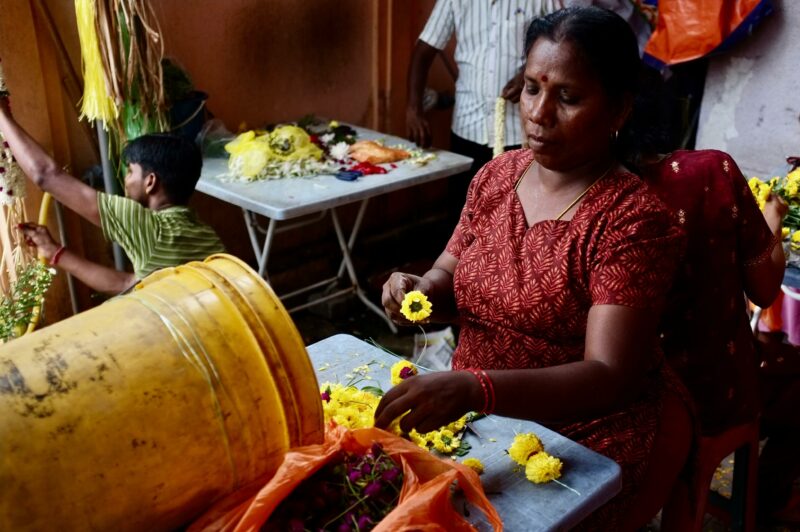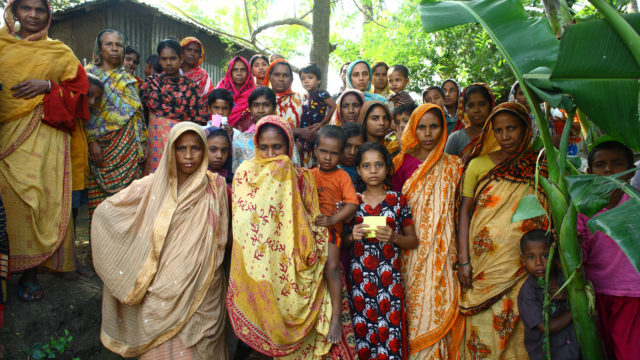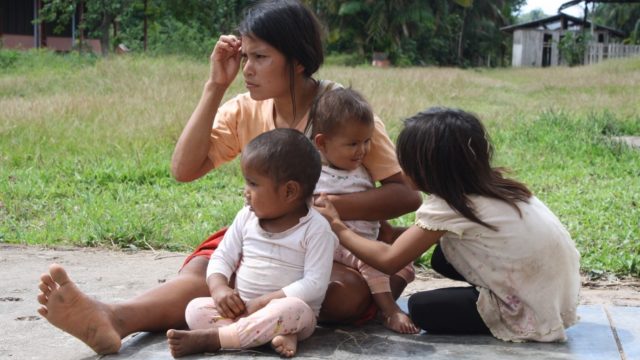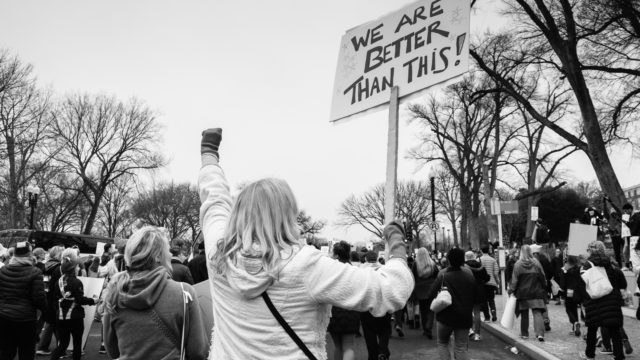A new empowerment story – just ask women
An article from our Indian hub partners, Development Alternatives, on creating new empowerment narratives for women and girls

This article comes from our hub partner in India, Development Alternatives, and originally appeared on their website.
Women create value from very little, wearing multiple identities, veiled behind layers of generational barriers. Yet, their innate strengths and entrepreneurial abilities remain hidden, making them invisible and undervalued by a complex, unequal socio-economic system. For most women in the workforce, work is mainly part of the unregulated informal economy. Many women sacrifice paid work for familial responsibilities that are not even acknowledged.
From bylanes of Uttar Pradesh to the hamlets of Odisha, we continue to meet women who have strong and beautiful voices that need to be amplified. If women's participation in the formal economy was valued like that of men, it is estimated that it would add $28 trillion or 26% to the global GDP.1 India itself could boost its GDP by $0.7 trillion in 2025 by increasing its female labour force participation by 10 percentage points from its present rate of 31%.2 Their aspirations can be a window to the future of work and society. Yet, the World Economic Forum's Global Gender Gap Report 2021 ranks India among the six worst-performing countries on the ‘Economic Participation and Opportunity’ metric for women.3
Brave spaces for unleashing ‘enterprising’ energies
Often, we talk about the numerous challenges faced in building a pathway towards women empowerment. Attempts have also been made to develop ‘innovative’ solutions that hopefully will include women in this ever-changing digital world of work. What if we flipped the question? What if our incessant preoccupation with problems and challenges continues to marginalise their voices, suppresses their strengths and sense of ownership, restricting women from achieving their true potential? What if we instead focused on unleashing energies that enable them to be enterprising – to be at the forefront of economic activities and also, in turn, reform the very system – to include many more by recognising unpaid work?
“ We need a new empowerment story for women, where they are creators and narrators of the story itself.”
The second critical component we might rethink is the need to ‘institutionalise’ solutions. Collectivisation remains the backbone of most economic empowerment initiatives, and for good reason. The process creates safe spaces for women to build upon their innate strengths. But perhaps what women need are brave spaces, to be able to walk into the future of work with confidence, without necessarily having to rely on a collective. They are no longer receivers of ‘innovation’ but co-conspirators in activating an ecosystem where the value of women as innovators and entrepreneurs becomes embedded in society.
“We have changed the way women are changing the world…”
Communities where Development Alternatives and our partners work are seeing breakthroughs in gender-linked occupation patterns or removal of constraints such as restrained mobility. Deep listening lies at the heart of understanding ‘what women want’. Solutions, then co-designed with women through social innovation processes along with access to enabling and future-fit resources, are making this possible. Women who were doing odd jobs at the lowest end of the value chain are now serial entrepreneurs helping provide value-added services in their community and beyond.
We need a new empowerment story for women – where they are creators and narrators of the story itself. By telling their stories, the world will see how women have gained access to resources and life choices that enhance their unique identities and fulfil their dreams. With every micro movement, they shift the status quo, creating new narratives of everyday mutinies – telling everyone how “we have changed the way women are changing the world”.
Footnotes
Madgavkar, A., Elingrud, K., & Krishnan, M. (2016). The Economic Benefits of Gender Parity. Stanford Social Innovation Review. https://doi.org/10.48558/4G9Z-...
Sinha, P., Gupta, R., Hasan, R. (2021). Pursuit of happiness: How entrepreneurship is helping rural women find their own mantra of being ‘happy’, The Financial Express. https://www.financialexpress.c...
World Economic Forum, 2021. Global Gender Gap Report 2021. [online] World Economic Forum. Available here.


